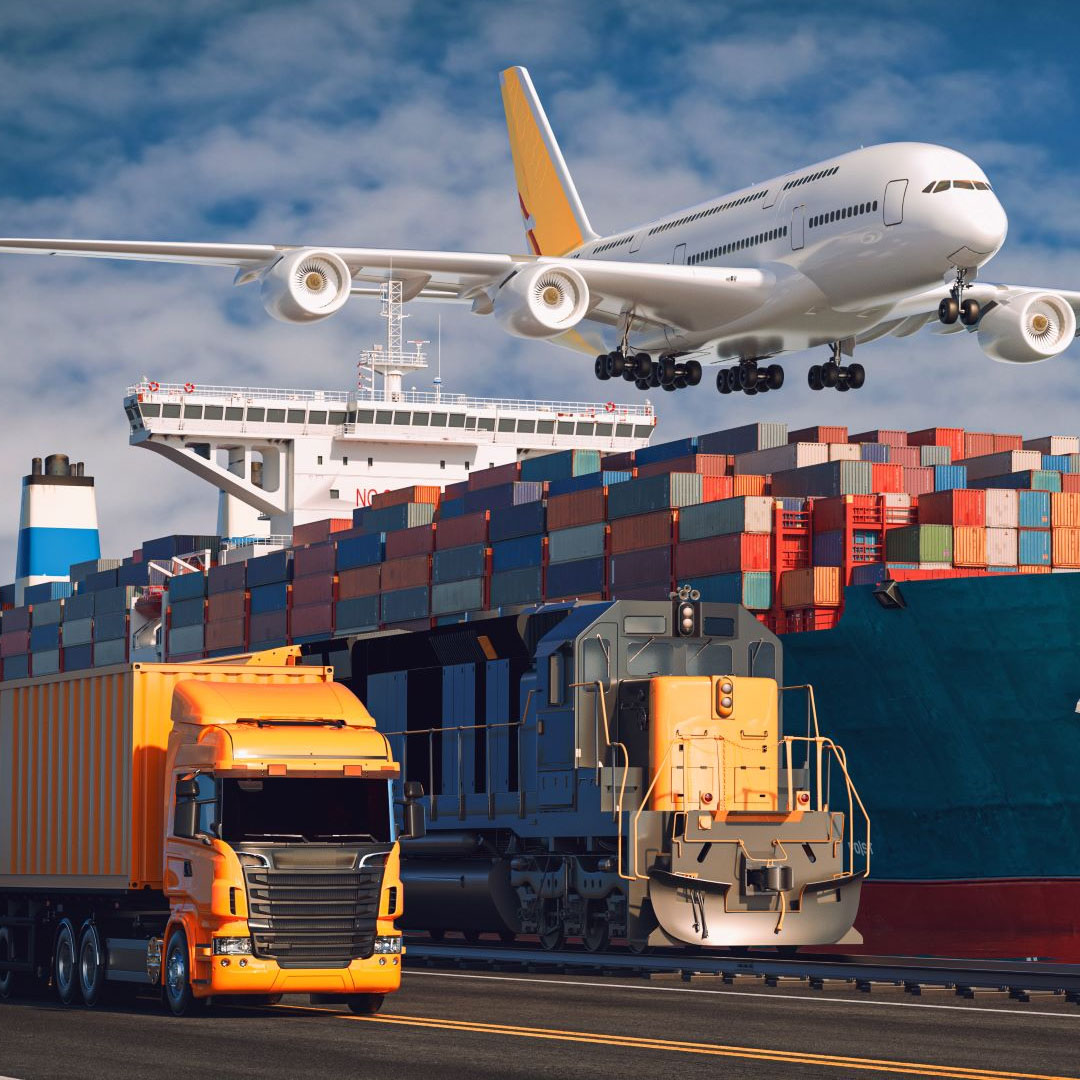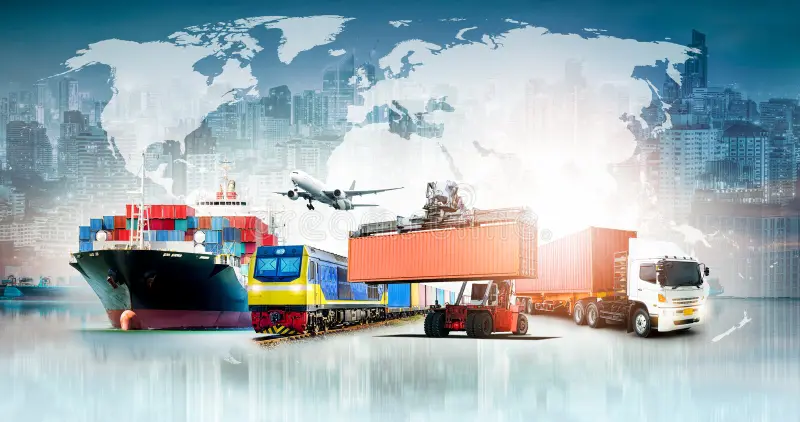Breaking: Major Developments in Transportation
The world of transportation is undergoing groundbreaking changes, transforming the way people and goods move. From innovations in electric and autonomous vehicles to revolutionary concepts like hyperloop technology, the transportation landscape is evolving at an unprecedented pace. we’ll dive into the major developments in transportation, exploring the latest breakthroughs that are reshaping our mobility and the way we navigate the world.
Electric Revolution: The Rise of Electric Vehicles (EVs)
One of the most significant and widely discussed developments in transportation is the rise of electric vehicles (EVs). EVs are leading the way in reducing carbon emissions and making personal and commercial transportation more environmentally friendly. Some key points to consider:
Market Growth: The EV market is expanding rapidly. Major automakers are investing heavily in electric vehicle production, and a growing number of startups are entering the space, offering a diverse range of electric cars, from affordable models to high-performance vehicles.
Charging Infrastructure: The development of EV charging infrastructure is critical for the widespread adoption of electric vehicles. Fast-charging networks are emerging to reduce charging times and make long-distance travel more feasible.
Sustainability: EVs are playing a pivotal role in reducing greenhouse gas emissions and addressing environmental concerns. They are an integral part of efforts to combat climate change.
Autonomous Vehicles (AVs): Paving the Way for Self-Driving Transportation
Autonomous vehicles (AVs) have been a major focus of research and development in the transportation industry. The promise of self-driving cars and trucks is not just a science fiction dream; it’s a reality that’s coming closer to fruition:
Safety Innovations: AV technology aims to make transportation safer by reducing human error. Advanced sensors, machine learning, and real-time data processing enable AVs to detect and respond to their surroundings more effectively.
Regulatory Challenges: The development of AVs faces regulatory challenges, including safety standards, liability issues, and the integration of AVs with conventional vehicles. Policymakers are working to establish frameworks to address these issues.
Transportation Efficiency: Autonomous vehicles are expected to improve transportation efficiency by reducing traffic congestion, enhancing fuel efficiency, and enabling more flexible and dynamic routing.
High-Speed Rail Networks: Transforming Inter-City Travel
High-speed rail networks are revolutionizing inter-city travel, offering a rapid and sustainable alternative to conventional transportation modes:
Global Expansion: High-speed rail networks are expanding across the globe, with countries like Japan, France, China, and Spain leading the way. These networks connect cities and regions more efficiently, reducing travel times and offering a more sustainable mode of transportation.
Environmental Benefits: High-speed trains are more energy-efficient and produce fewer emissions compared to air travel and traditional rail systems. They contribute to reducing the carbon footprint of long-distance transportation.
Economic Impact: High-speed rail projects create jobs, stimulate local economies, and enhance connectivity, making regions more accessible for both business and tourism.
Hyperloop and Maglev: Next-Level Transportation Technologies
Hyperloop and maglev (magnetic levitation) transportation are emerging as revolutionary concepts that have the potential to redefine long-distance travel:
Hyperloop: Hyperloop technology, which uses low-pressure tubes to transport pods at high speeds, has the potential to enable ultra-fast inter-city travel. Several companies are actively working on developing this technology, with the promise of reducing travel times significantly.
Maglev Trains: Magnetic levitation (maglev) trains use magnetic fields to lift and propel the train along the track. These trains can reach higher speeds and offer a smoother ride, making them a compelling option for the future of transportation.
Sustainable Alternatives: Green Infrastructure and Alternative Fuels
Sustainability is a driving force in the evolution of transportation. Innovative solutions are emerging to make transportation more eco-friendly:
Green Infrastructure: The development of green infrastructure, including eco-friendly roads and sustainable building practices, aims to reduce the environmental impact of transportation systems.
Alternative Fuels: Transportation is shifting away from fossil fuels. Electric vehicles and hydrogen-powered vehicles are becoming increasingly common, reducing emissions and dependence on traditional fuels.
Digital Transformation: Mobility as a Service (MaaS) and Smart Cities
The digital age is transforming transportation through mobility as a service (MaaS) and the development of smart cities:
Mobility as a Service (MaaS): MaaS integrates various transportation modes, from public transit to ride-sharing and bike-sharing, into a single, user-friendly platform. It offers a convenient and efficient way to plan and pay for transportation.
Smart Cities: Smart cities leverage technology to optimize transportation systems, reduce traffic congestion, and improve the quality of life for residents. Initiatives like real-time traffic monitoring, smart traffic signals, and autonomous vehicle integration are making cities more connected and efficient.
Challenges and Opportunities: Shaping the Future of Transportation
Despite the promising developments in transportation, several challenges must be addressed:
Safety Concerns: Ensuring the safety of autonomous vehicles and high-speed transportation systems is a top priority. Robust safety regulations and public trust are crucial.
Infrastructure Investment: To realize the full potential of new transportation technologies, substantial investments in infrastructure and charging networks are required.
Regulatory Frameworks: Policymakers must create regulatory frameworks that support the integration of emerging technologies while addressing safety, security, and liability issues.
Environmental Sustainability: Reducing the environmental impact of transportation remains a critical challenge. Finding eco-friendly fuels, developing green infrastructure, and minimizing emissions are ongoing efforts.
Conclusion: The Transportation Revolution
The transportation industry is undergoing a remarkable transformation, with electric vehicles, autonomous technologies, high-speed rail networks, and futuristic concepts like hyperloop and maglev transportation at the forefront. These developments promise to make transportation safer, more efficient, and environmentally friendly while reducing travel times and increasing connectivity. As we stand on the brink of this transportation revolution, we are witnessing the future of mobility that holds the potential to reshape the way we move and connect in an increasingly interconnected world.









